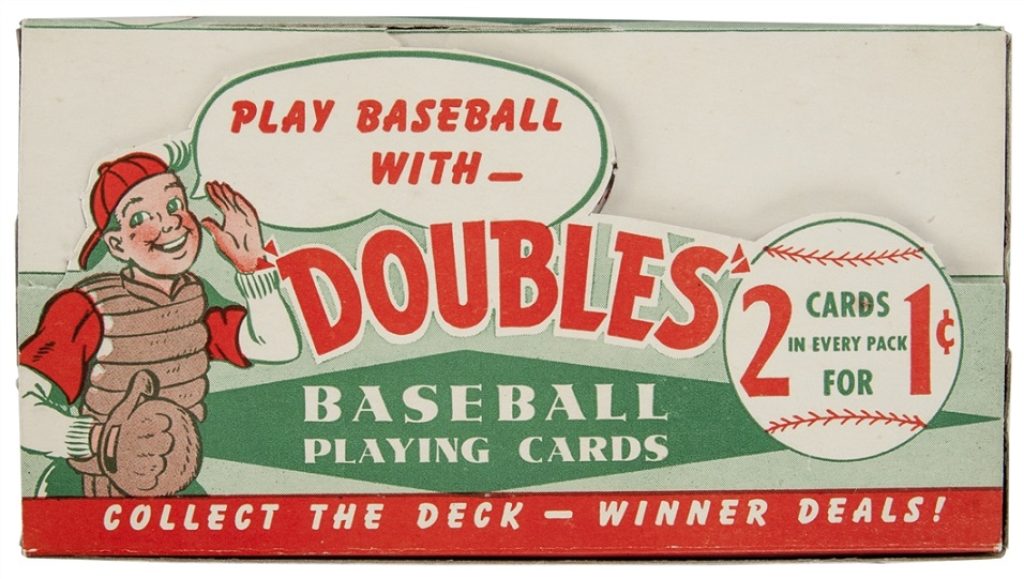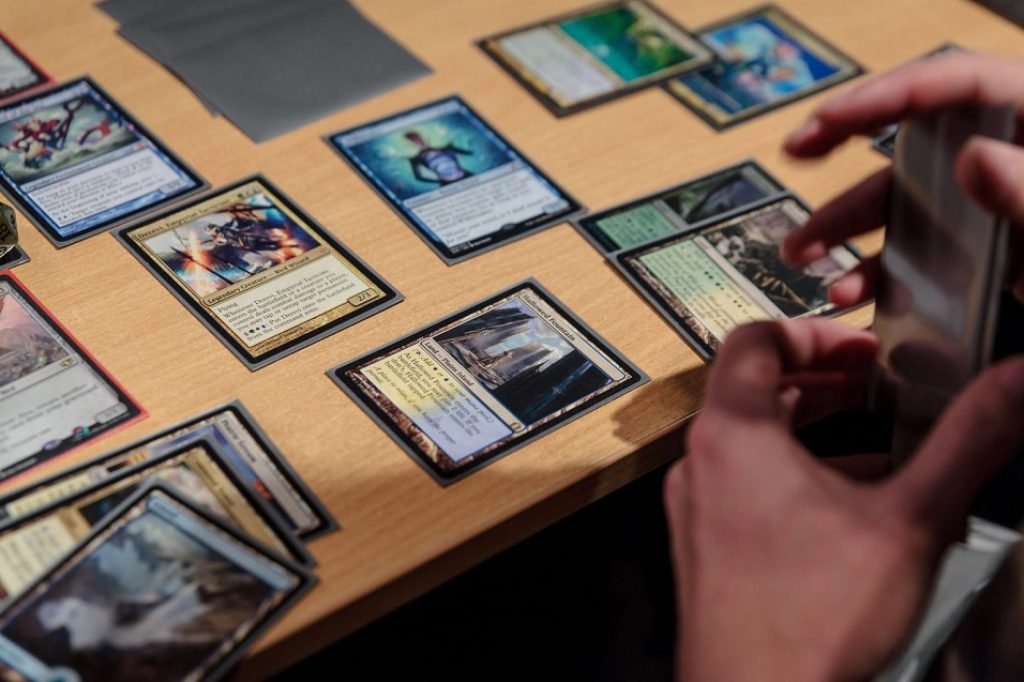The History of Card Game Esports

If you’re bipedal, breathe oxygen, and were born on a planet called earth, you’ve probably enjoyed card games at some point in your life.
Big hitters like Pokémon, Magic: the Gathering, and Yu-Gi-Ho, as well as many sports card games, were all the rage in the early 2000s, with people all over the world lining up to buy the newest decks and booster packs.
Over the past year or two, card games have seen the second wind, with high-profile celebrities and influences splurging thousands of dollars on rare, physical vintage cards.
In this blog post, you will find out about the history of card games and card game esports, as well as what to expect to see from this genre in the future.
Check also our posts about FPS, Battle Royale, Fighting Game, MOBA, and Real-Time Strategy esports.
The origins of card games – physical cards
Card games, also sometimes referred to as collectible card games (CCG) or trading card games (TCG), are games that center around trading cards. These games have been vastly popular for almost thirty years now, with some of the original card games of the mid-nineties still enjoying a large following among their loyal fanbases.
Although card games featuring standard playing cards and variations of standard playing cards are some of the oldest games in existence, these aren’t considered collectible card games due to the fact the cards themselves weren’t collectible.
The first true collectible card game was Baseball Card Game, released in 1951. The cards were sold in packs much like current-day trading cards, with random cards added to each pack.

Between 1950 and 1990, various other card games entered the market, but they didn’t see the traction or the same strategy elements that modern-day card games have.
The first half of the 1990s
The nineties is when collectible card games truly took off and it’s also when many current day favorites were first launched. The first collectible card game to be launched in this era was Magic: the Gathering.
Magic: The Gathering is seen by many as the first true CCG because it was the first game that took off in such a big way, and its launch marked the start of the CCG craze of the nineties. The game included all of the strategy elements that modern-day collectible card games offer, and the game still enjoys a large following today, nearly three decades later!
In the months following Magic: The Gathering’s launch, it sold well over 50 million cards. This incredible demand continued into 1994, with various expansions being released which all saw high demand.

Magic’s success led many other game publisher companies to enter this newly established market. CCGs including Spellfire, Illuminati: New World Order, Jyhad, and many others were all launched in subsequent years, although none of them saw the same level of demand.
The second half of the 1990s
The second half of the nineties saw games like Netrunner, Doomtown, Xena: Warrior Princess, and The X-Files enter the market. Also, Starwars and Startrek card games grew in popularity, although none of them managed to come close to the broad adoption seen by Magic: The Gathering.
The next leg up for the collectible card game market wasn’t till 1999 when the Pokémon Trading Card Game was launched. The game was introduced in English in 1999 but had enjoyed success in Japan before that time.

It was the first collectible card game to beat Magic: The Gathering’s sales since its release over five years prior.
The hype that came with Pokémon’s launch helped improve growth across the entire genre, encouraging various new releases and improving demand for other existing popular card games.
The 2000s
With Pokémon’s hype starting to dwindle a few years after its release, various new releases marked the start of the next century of CCGs, including Jedi Knights, Harry Potter, and Buffy the Vampire Slayer, among many others. However, most of these games didn’t come close to the adoption that Pokémon and Magic: The Gathering enjoyed.
The next game to reach a similar level of popularity was Yu-Gi-Oh, which, although falling far short of Pokémon, enjoyed a good amount of success both in the US and overseas.

It, along with Pokémon and Magic: The Gathering, are generally considered the top three card games to have been launched to date, all of which still enjoy a cult-like following to this day.
Between 2000 and 2005, many new collectible card games hit the market, including The Simpsons card game, Beyblade, and Digimon Collectable Card Game, among many others
All these games provided a fair amount of variation, especially for new players just starting out, but never managed to achieve the hype needed for long-term success.
The first digital card game esports
Hearthstone was the first truly digital collectible card game, and it saw a good amount of interest upon release in 2014. It has since been one of the largest esports card games.

However, true digital card games are still lagging behind their physical counterparts, which is strange considering this is a deviation from the norm – with digital seemingly overtaking physical in all but the most basic necessities.
Pokémon, Yu-Gi-Oh, and Magic: The Gathering has all seen plenty of professional interest in the form of tournaments, but were always limited to physical card game tournaments in the past.
MTG Arena, a digital version of Magic: The Gathering, maybe the largest esports card game tournament around these days. However, it combines both physical and digital games into one, which leads some to state that it’s not a pure esports game just yet.
That being said, with prize pools varying from $400.000 to $1.000.000, it certainly is one of the largest card game esports around.
Riot Games recently announced a Legends of Runeterra esports tournament, which is an online collectible card game released in April 2020. This should help to further develop the digital aspect of the genre, as well as solidify card game esports as a true esports genre in the future.
Conclusions
Even though card games have a rich history, their digital counterpart that’s suitable to esports still seems to be finding its footing. Nevertheless, it is reasonable to assume that new releases and a growing following for existing games will help propel card game esports into the future.
Just how large this genre will become is unknown, but with the expansion of blockchain technologies and NFTs, the future might look very bright for the collectible digital card game genre.




